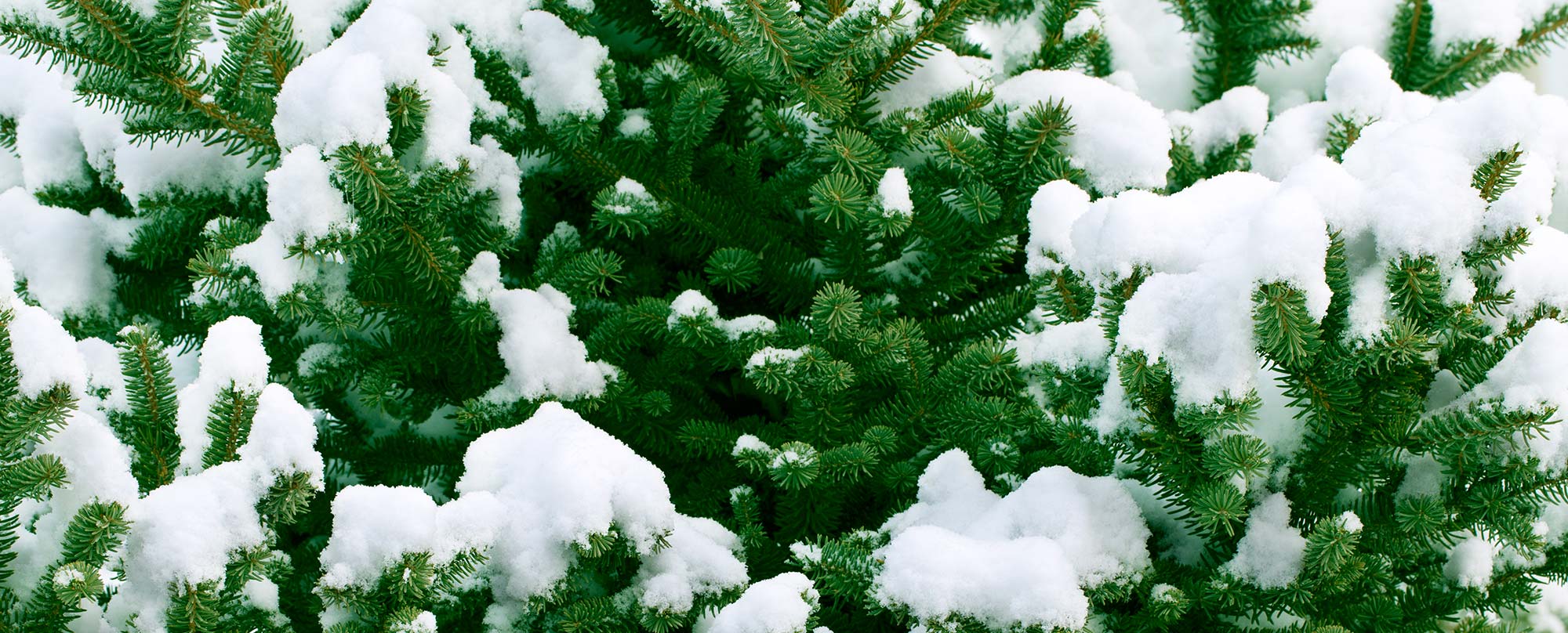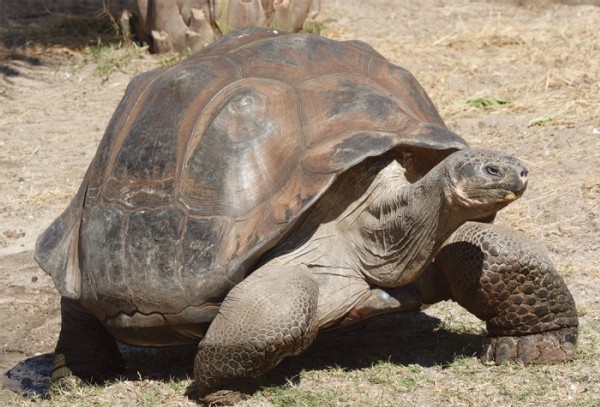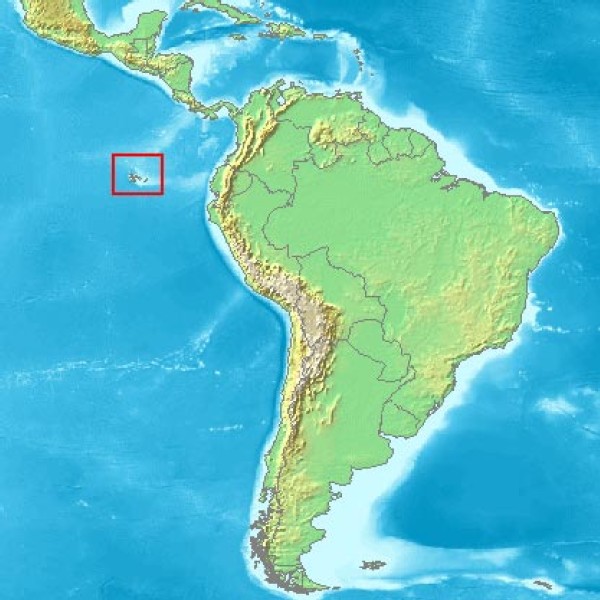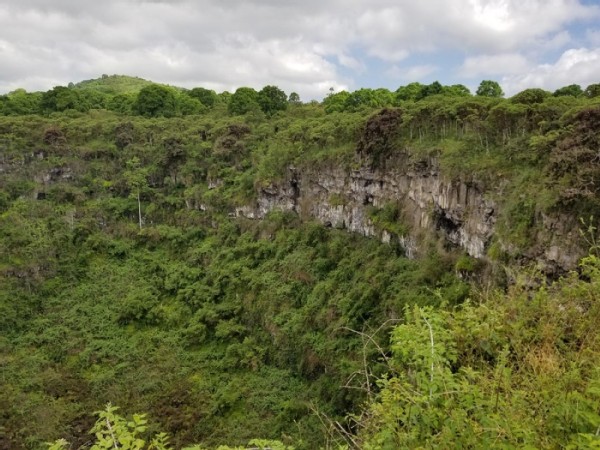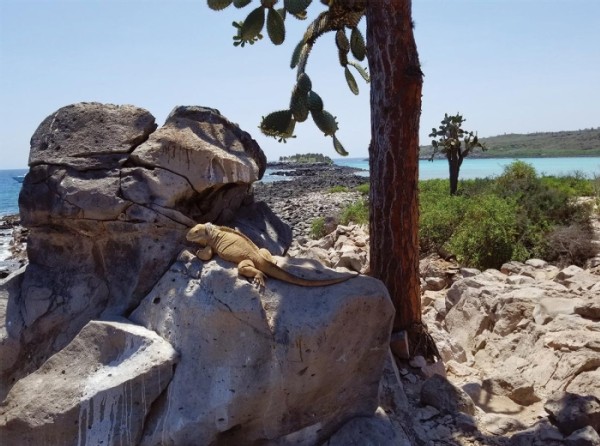
Take a volcanic hotspot at a crossroads of ocean currents, isolate it 600 miles from the nearest landmass, and place it under the equatorial sun. Wait a few million years, allowing seeds and animals to arrive at random intervals, stirring occasionally with El Niño events. The result? The never predictable but immensely fascinating Galápagos Islands.
This remote archipelago – part of the Republic of Ecuador – holds a place in our cultural lexicon as the birthplace of the theory of evolution. Since Charles Darwin waded ashore at San Cristóbal in 1835 and started observing the subtle yet dramatic variety of life there, the islands have become known as a crucible of harsh and varied conditions that drive organisms to find a niche or die. Darwin’s notes on finches and giant tortoises – and how they differed between islands – helped him develop the theory that species evolved from a common ancestor.
Darwin’s ideas developed from incomplete data; as the Beagle sailed home toward England, Darwin bemoaned the fact that he had not noted the island where each of his finch specimens was collected. In the intervening 184 years, other researchers have come to the Islands to test his theory. Peter and Rosemary Grant spent decades on the island of Daphne Major and found direct evidence for evolution – observing it as it occurred in real time – in Darwin’s finches. Over the course of several El Niño cycles, plant populations thrived or shrank based on the weather, resulting in shifts in the food source for the seed-eating birds. The Grants saw finches with certain beak sizes and shapes survive and reproduce during wet periods, and others, with different beaks, prevail during the intervening droughts. Over time, this selection pressure led to the birds’ populations becoming distinct from one another. The Grants’ work played out from the early 1970s through 2012, and their highly satisfying conclusions have inspired countless high school biology labs where students use tweezers, pliers, tongs, and other household implements as “beaks” to nab different kinds of seeds.
But adaptive radiation isn’t just for the birds: Galápagos plants and trees have evolved in a continual back-and-forth cycle with their animal predators and seed dispersers. The result is a series of fascinating ecosystems, with no two islands having the same complement of species.
Ecologists divide the islands – which range from flat, eroding islets less than 100 feet above sea level to masses of active volcanoes rising up to 5,600 feet in elevation – into seven vegetation zones. Mangroves hug the shoreline and host oceangoing birds in their branches and communities of marine animals, including Galápagos marine iguanas, in the saltwater forests of their roots. Open, arid forests defined by cacti and shrubs cover the lowlands, transitioning with increasing elevation to diverse forests of endemic deciduous trees. Beginning at around 600 feet in elevation are the unique Scalesia cloud forests, defined by an entire genus found only in the Galápagos. Higher still are humid zones of cat’s claw (Zanthoxylum fagara), a shrub related to our American prickly ash; dense shrublands dominated by the endemic Miconia; and finally, in the highest reaches of the largest islands, a pampa zone of ferns, mosses, and sedges, including the endemic Galápagos tree fern. Soils are neutral to basic near sea level and become more acidic with increasing elevation.
Opuntia cactuses, or prickly pears, dominate the sparse canopy in the arid lowland forests. Opuntia’s flattened, ovular, spine-covered pads emerge at all angles from the cactus’s squat trunk and branches, casting minimal shade below the equatorial sun. But researchers have observed that where land iguanas or giant tortoises live, Opuntia are taller and more tree-like. Scientists have theorized that tortoises and iguanas, which feed on Opuntia fruit and pads but can’t climb trees, have driven the plants to evolve skyward. With their food out of reach, these charismatic, endemic animals must wait for food to fall, and the shade helps them conserve energy while passing the time. Herbivores delight in browsing on small trees throughout the world (consider the Northeast’s extensively deer-browsed woodlands); in the Galápagos, this behavior has likely driven the radiation of Opuntia into six distinct species and 14 varieties.
The largest Opuntia species, Opuntia echios, occurs on the islands of Santa Cruz and Santa Fé; the tallest (a variety on Santa Cruz) can top 35 feet, and the widest (a variety on Santa Fé) can exceed 8.5 feet in diameter. Researchers have observed giant tortoises, whose trails through the underbrush can resemble those left by an ATV, trampling smaller cactuses, especially those growing near larger individuals. Several decades of close observation also revealed that Opuntia growing in areas with dense tortoise populations shifted toward reproduction by seed, the theory being that tortoise-trampling hinders vegetative reproduction and promotes a more scattered distribution of Opuntia. As wide-ranging keystone herbivores, giant tortoises play an important role in dispersing the seeds of Opuntia and other plants. These massive reptiles carry the future of their islands’ forests with them from place to place.
Scientists have come to understand further the important role of tortoises as “ecosystem engineers” by studying the difference in vegetation on islands where tortoises were extirpated by early visitors. In the absence of tortoises, woody plants came to dominate the island of Española. But the Opuntia has recovered on the island since tortoises were reintroduced in 1975.
The islands’ Scalesia cloud forests function at high speed, exquisitely adapted to the islands’ regular El Niño-driven climatic swings. Scalesia is a genus in the aster family, and the entire genus of “daisy trees” – 15 species and 6 subspecies – is found only in the Galápagos. Scalesia trees (Scalesia pedunculata) reach maturity at 15 years and experience stand-level dieback following El Niño events. Storms batter the thin-trunked trees, causing some to weaken and fall and forming small gaps that then expand as neighboring trees succumb to wind- throw. Researchers have observed that once a large enough canopy gap forms, often during the droughts that follow El Niño events, a “synchronous regeneration” occurs, and a new crop of Scalesia trees shoots up. Stand-replacing events can thus turn over these Scalesia forests in less than a human generation, an interesting dynamic to consider given the patience we need to watch our northern forests grow.
With the islands’ reputation as a remote natural biological laboratory, where 97 percent of the landmass is set aside as a national park, the extent of human impact in the Galápagos can come as a surprise. Pirates and early explorers, including Darwin’s Beagle crew, carted off giant tortoises by the hundreds of thousands and caused the extinction of some species. Settlers cleared land and brought rats and pigs and goats, which went feral, causing ecological mayhem for endemic species with narrow niches. Invasive species, from tiny parasitic flies to the raspberry Rubus niveus, are wreaking havoc on an ecosystem-wide scale. Today’s lucrative tourism industry results in a ballooning population, even amid highly restrictive laws about resource use and land access. Climate change promises dramatic changes particular to these isolated landmasses.
But the story these “enchanted islands” (as they were known to early Spanish settlers) tell us about the complexities of survival and adaptation continues to resonate powerfully. The power of that story draws more people – and all of our problematic accoutrements – to the islands, where experiences of remoteness, wildness, and wonder are still accessible. Our species will continue to wrestle with our place in the unfolding Galápagos story.
